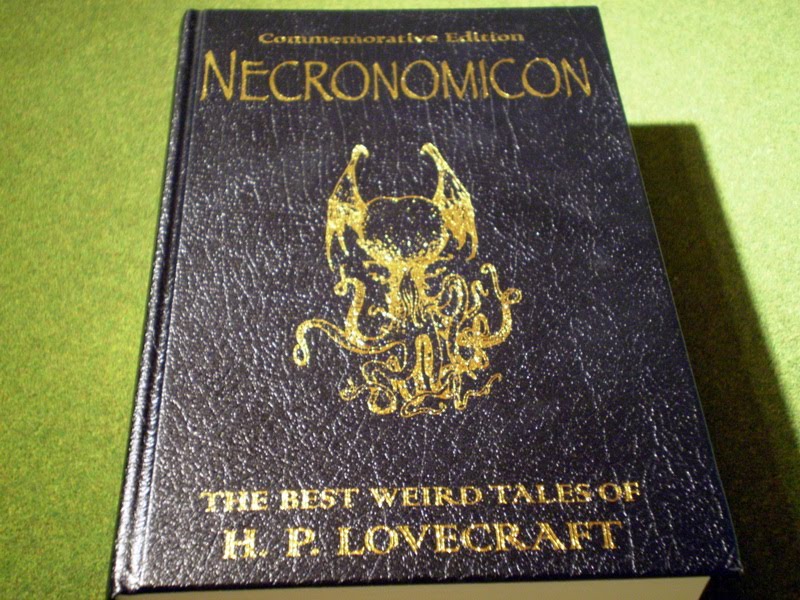
biographer) to have been seized by an invisible monster in broad daylight and devoured horribly before a large number of fright-frozen witnesses.

In his last years Alhazred dwelt in Damascus, where the Necronomicon (Al Azif) was written, and of his final death or disappearance (738 A.D.) many terrible and conflicting things are told. Of this desert many strange and unbelievable marvels are told by those who pretend to have penetrated it. He visited the ruins of Babylon and the subterranean secrets of Memphis and spent ten years alone in the great southern desert of Arabia - the Roba el Khaliyeh or "Empty Space" of the ancients - and "Dahna" or "Crimson" desert of the modern Arabs, which is held to be inhabited by protective evil spirits and monsters of death.

Composed by Abdul Alhazred, a mad poet of Sana, in Yemen, who is said to have flourished during the period of the Ommiade caliphs, circa 700 A.D. The letter is dated Apand was apparently kept by Lovecraft to circulate as needed.) - Original title Al Azif - azif being the word used by Arabs to designate that nocturnal sound (made by insects) suppos'd to be the howling of daemons. The correct date of 1927 comes from the final draft of the essay, which appears on a letter addressed to Clark Ashton Smith ("To the Curator of the Vaults of Yoh-Vombis, with the Concoctor's Comments"). This date, as can easily be ascertained from the fact that this was a "Limited Memorial Edition", is spurious (Lovecraft died in 1937) in fact, it dates to 1938.

Most give the date as 1936, following the Laney-Evans (1943) bibliography entry for the pamphlet version produced by the Rebel Press. Lovecraft (1927) (There has been some difficulty over the date of this essay.


 0 kommentar(er)
0 kommentar(er)
